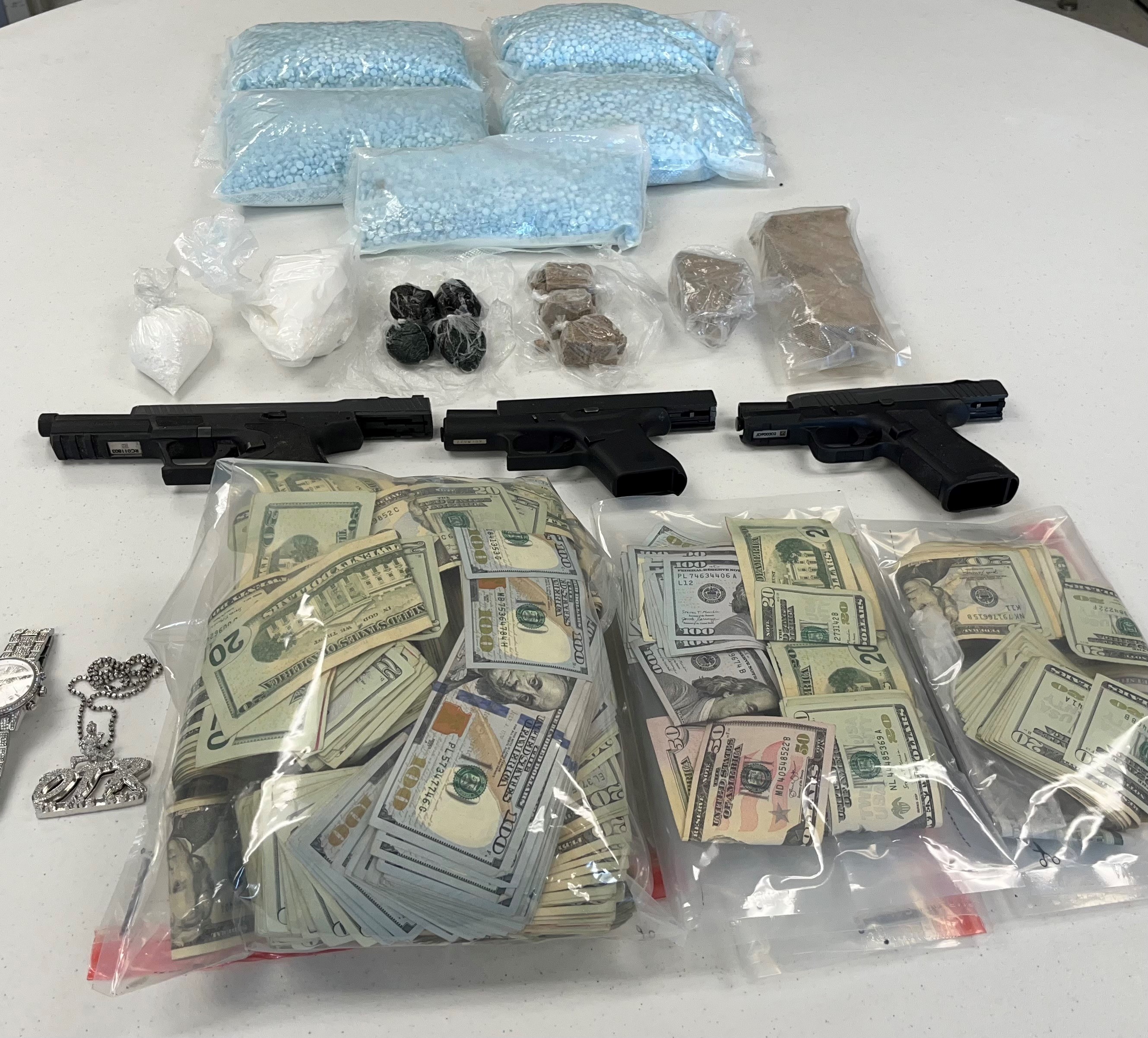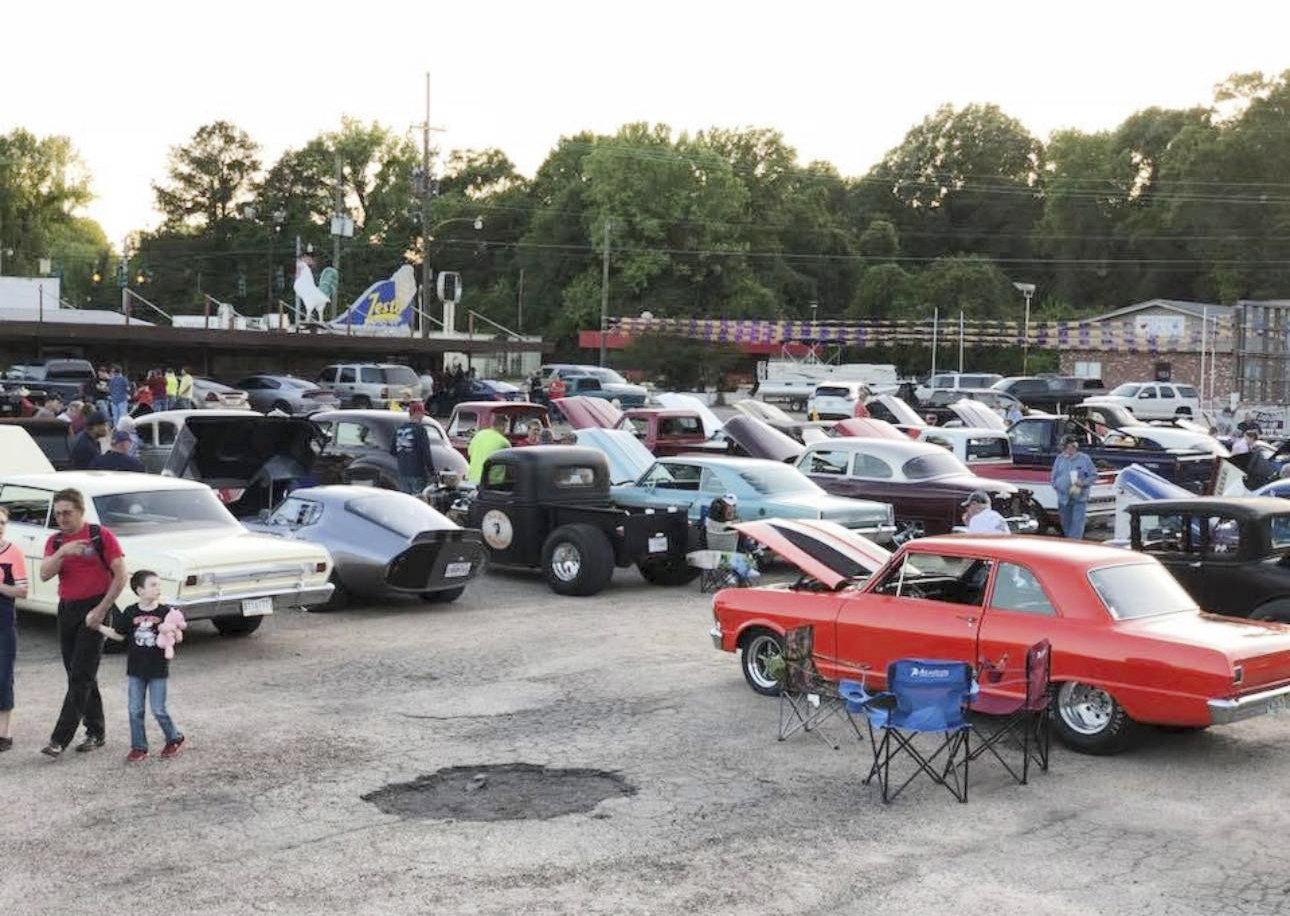22nd JDC Opioid Initiative Yields Major Fentanyl Seizures, Indictments in Ongoing Battle Against Overdose Crisis
Published 8:00 am Thursday, July 31, 2025




|
Getting your Trinity Audio player ready...
|
SPECIAL TO THE DAILY NEWS
The 22nd JDC District Attorney’s Office provides the following update on the progress of its ongoing Opioid Initiative—a comprehensive, multi-agency effort to combat the devastating impact of opioid abuse and fentanyl distribution in our communities:
The DEA reports that over 80,000 Americans tragically lost their lives to drug poisonings last year. Fentanyl remains our nation’s deadliest threat. This shift to synthetic drugs has created the most dangerous crisis the U.S. has ever faced. Every day, 230 Americans die from drug overdose, with synthetic opioids – like fentanyl – responsible for 62% of these deaths. In St. Tammany Parish alone, 2024 saw over 400 overdoses and 115 confirmed fatalities. Washington Parish saw 27 overdose deaths in 2024.
Trending
Fentanyl remains the leading cause of overdose deaths in the U.S. Due to its low cost, extreme potency, and prevalence in counterfeit pills, it poses a lethal threat to unsuspecting users. In response to this growing emergency, the District Attorney’s Office launched a unified, multi-agency initiative focused on reducing the supply of illicit opioids, dismantling drug trafficking networks, and increasing public awareness and education.
Since the launch of the initiative, the task force has made significant strides:
• Seized over 500,000 fentanyl-laced pills and more than 6,000 grams of powdered fentanyl.
• Removed more than 3,000 grams of methamphetamine and 8,000 grams of cocaine from the streets.
• Conducted numerous controlled purchases and executed multiple state and federal search warrants targeting key suppliers and distributors.
In one recent high-impact case, the Drug Enforcement Administration’s Fentanyl Overdose Response Team seized over 5 kilograms of counterfeit blue M30 pills laced with fentanyl—an amount potent enough to kill more than one million people, or approximately 21% of Louisiana’s population. Following the arrest of this large-scale dealer, surrounding North Shore agencies have reported a notable decrease in overdose incidents.
Trending
Additionally, the District Attorney’s Office recently secured a second-degree murder indictment against Paige Andrews in connection with a fatal overdose. Her co-conspirator, Dustin Carver, was also indicted for Distribution of Fentanyl. This case represents a major milestone in our efforts to hold drug dealers criminally accountable for overdose deaths. The investigation was conducted jointly by the DEA’s Fentanyl Overdose Response Team, the 22nd Judicial District Attorney’s Office, the Louisiana State Police Region I Narcotics/Violent Crimes Task Force, and the Slidell Police Department’s Narcotics Division.
This initiative would not be possible without the unwavering support of our law enforcement partners, including:
• DEA Fentanyl Overdose Response Team (Supervisor William Johnson)
• Louisiana State Police Region I Narcotics/Violent Crimes Task Force (Lt. John Miller)
• Hammond Police Department Narcotics Division
• Slidell Police Department Narcotics Division
• Covington Police Department Narcotics Division
• Bogalusa Police Department
• Washington Parish Sheriff’s Office
• Homeland Security Investigations (HSI)
• Tangipahoa Parish Sheriff’s Office
• Jefferson Parish Sheriff’s Office
While these accomplishments are significant, this fight is far from over. This is not merely a law enforcement challenge- it is a public health crisis. These partners are committed to leveraging every available tool, resource, and strategy to protect citizens, save lives, and bring justice to those who exploit addiction for profit.
The 22nd JDC District Attorney’s Office adopted this aggressive and untraditional approach because the severity of this epidemic demands nothing less. The Initiative is working, and these Law Enforcement Partners are resolute in their commitment to keep going until this poison is eradicated from the streets in our communities.









